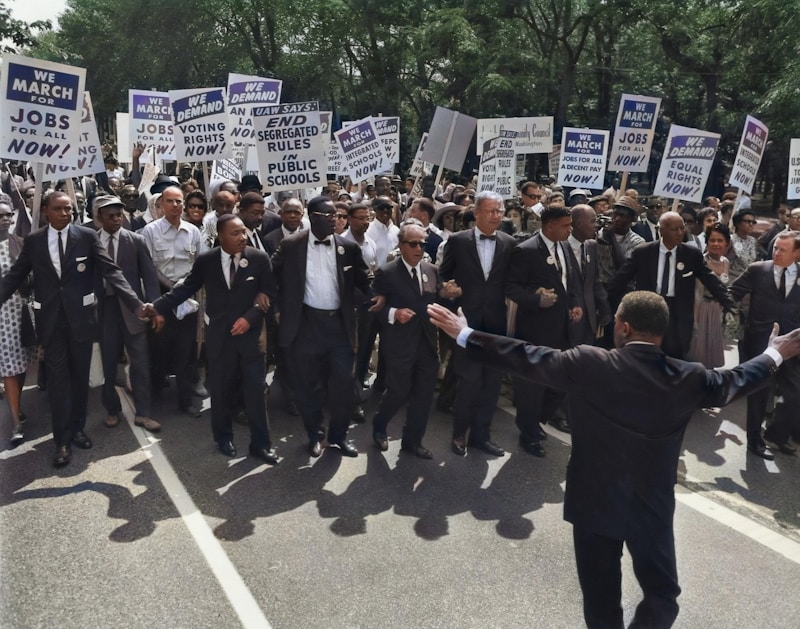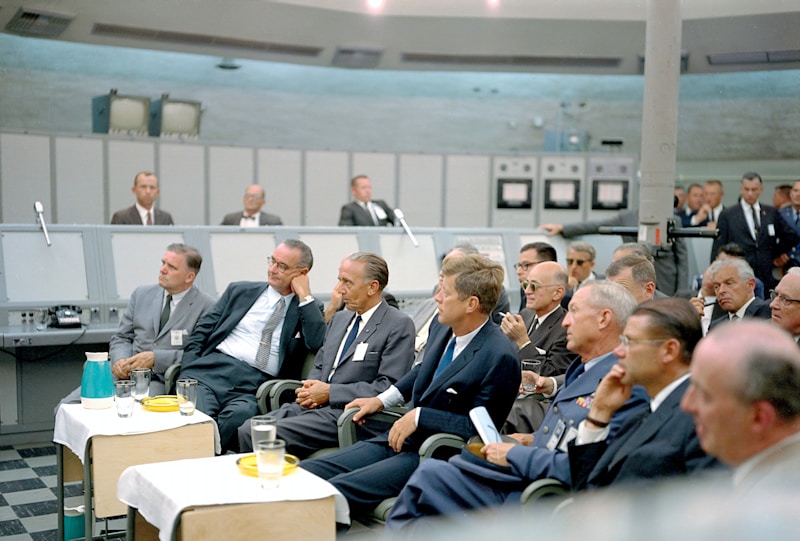10 Questions
What was the main reason for the Non-cooperation Movement initiated in 1920?
Response to the Jallianwala Bagh massacre
Which historical figure was synonymous with the leadership of the Indian National Congress during India's freedom struggle?
Mahatma Gandhi
What role did the Indian National Congress play in India's freedom struggle?
Mobilizing the masses for freedom and advocating for civil liberties
What was the main goal of the Salt March?
To challenge British control over the production of salt
How did the Indian National Congress initially start in 1885?
As a forum for Indian elites to discuss political reforms
How did the Non-cooperation Movement demonstrate the potential for unity and strength in Indian society?
By organizing large-scale protests, strikes, and boycotts
What was the significant outcome of the Quit India Movement?
Immediate independence from British colonial rule
What was the geographical distance covered by the Salt March?
241 miles from Sabarmathi Ashram to Dandi
Which movement called for a boycott of British goods, educational institutions, and courts?
Non-cooperation Movement
What was the main purpose of the Quit India Movement?
To demand immediate independence from British colonial rule
Study Notes
Rise of Nationalism in India: A Focus on Key Historical Subtopics
India, the world's largest democratic nation, has undergone a remarkable transformation in its political landscape since gaining independence in 1947. The rise of nationalism in India, particularly in the 20th century, played a pivotal role in shaping the country's political, social, and cultural identity. In this article, we will delve into the significant subtopics that reflect this rise: the Indian National Congress, the Non-cooperation Movement, the Salt March, and the Quit India Movement.
1. Indian National Congress
The Indian National Congress (INC) is a political party founded in 1885, initially as a forum for Indian elites to discuss political reforms. Over the years, it emerged as the leading force for India's freedom struggle against British colonial rule. Under the leadership of Mahatma Gandhi, the Indian National Congress became synonymous with the nation's drive for independence. The INC played a crucial role in mobilizing the masses for freedom, organizing nationwide protests, and advocating for civil liberties and the end of colonial domination.
2. Non-cooperation Movement
The Non-cooperation Movement, initiated in 1920, was a direct response to the Jallianwala Bagh massacre, in which British troops indiscriminately fired upon a peaceful crowd in Amritsar, killing hundreds of Indian civilians. As a non-violent form of protest, the Non-cooperation Movement called for a boycott of British goods, educational institutions, and courts, as well as for the suspension of government services. This powerful movement not only exposed the brutality of colonial rule but also demonstrated the immense potential for unity and strength in Indian society.
3. Salt March
The Salt March, also known as the Salt Satyagraha, took place in 1930. This highly symbolic protest was led by Mahatma Gandhi and aimed to challenge the British monopoly on the production of salt, a necessary commodity that Indians were forced to buy at high prices. The March covered 241 miles from Sabarmathi Ashram in Ahmedabad to the coastal town of Dandi, where Gandhi and his followers extracted salt from the sea. The Salt March was a remarkable display of mass civil disobedience, which eventually led to the repeal of the salt tax and further weakened the British Raj's economic foundations.
4. Quit India Movement
The Quit India Movement, initiated in 1942, was a direct response to the British government's decision to arrest major Indian leaders and suspend the Indian National Congress. This nationwide movement demanded immediate independence from British colonial rule and called for people to rise in revolt against the government. The Quit India Movement was marked by large-scale protests, strikes, and boycotts that disrupted British administration across India. This final, decisive push toward independence eventually led to the end of colonial rule, and India became a sovereign nation in 1947.
In conclusion, the rise of nationalism in India throughout the 20th century was a product of numerous historical subtopics, including the Indian National Congress, the Non-cooperation Movement, the Salt March, and the Quit India Movement. These events showcase the Indian people's determination to regain their freedom, their ability to mobilize against colonial rule, and their belief in non-violent, civil disobedience as a tool for social and political transformation. The legacy of these movements continues to shape Indian society today and stands as a testament to the power of unity, strength, and determination.
Test your knowledge of key events and movements that contributed to the rise of nationalism in India, including the Indian National Congress, Non-cooperation Movement, Salt March, and Quit India Movement. Explore the pivotal moments that shaped India's political landscape and independence movement.
Make Your Own Quizzes and Flashcards
Convert your notes into interactive study material.



